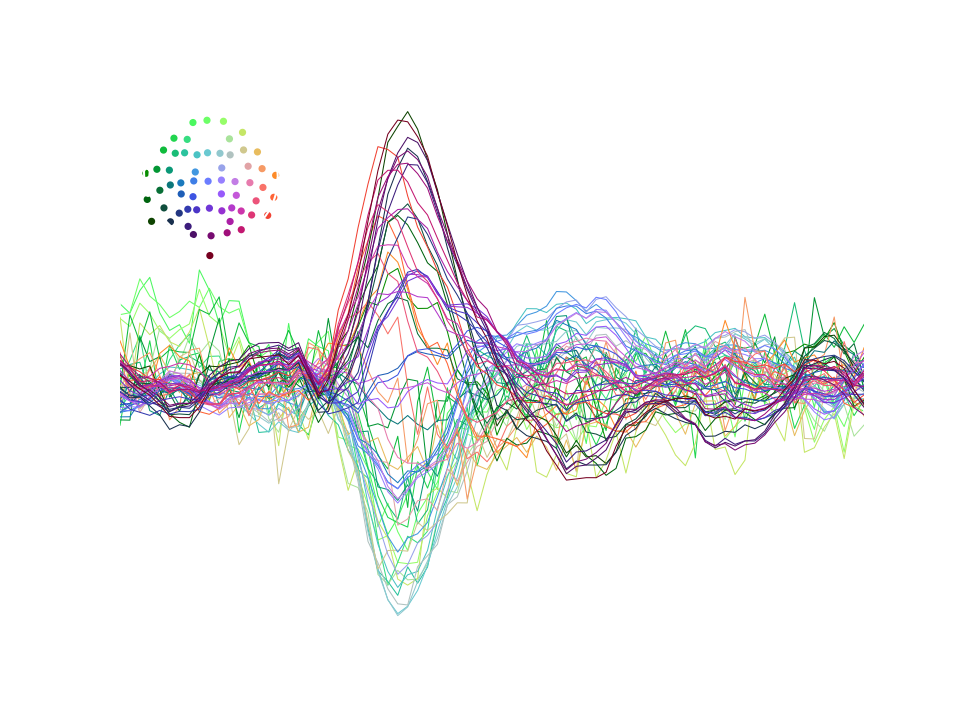The second part of this series demonstrate additional preprocessing steps. Specifically, it addresses the problem of eye artifacts which are omnipresent in EEG recordings. It also demonstartes a procedure for repairing and rejecting noise-contaminated channels and segments.
EEG preprocessing II: eye-artifacts, repairing and rejecting

